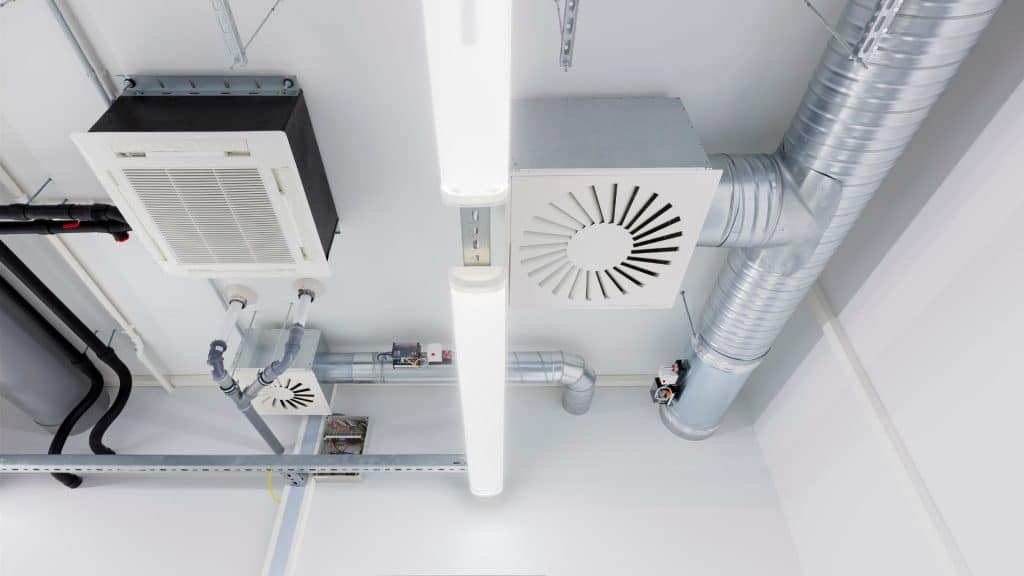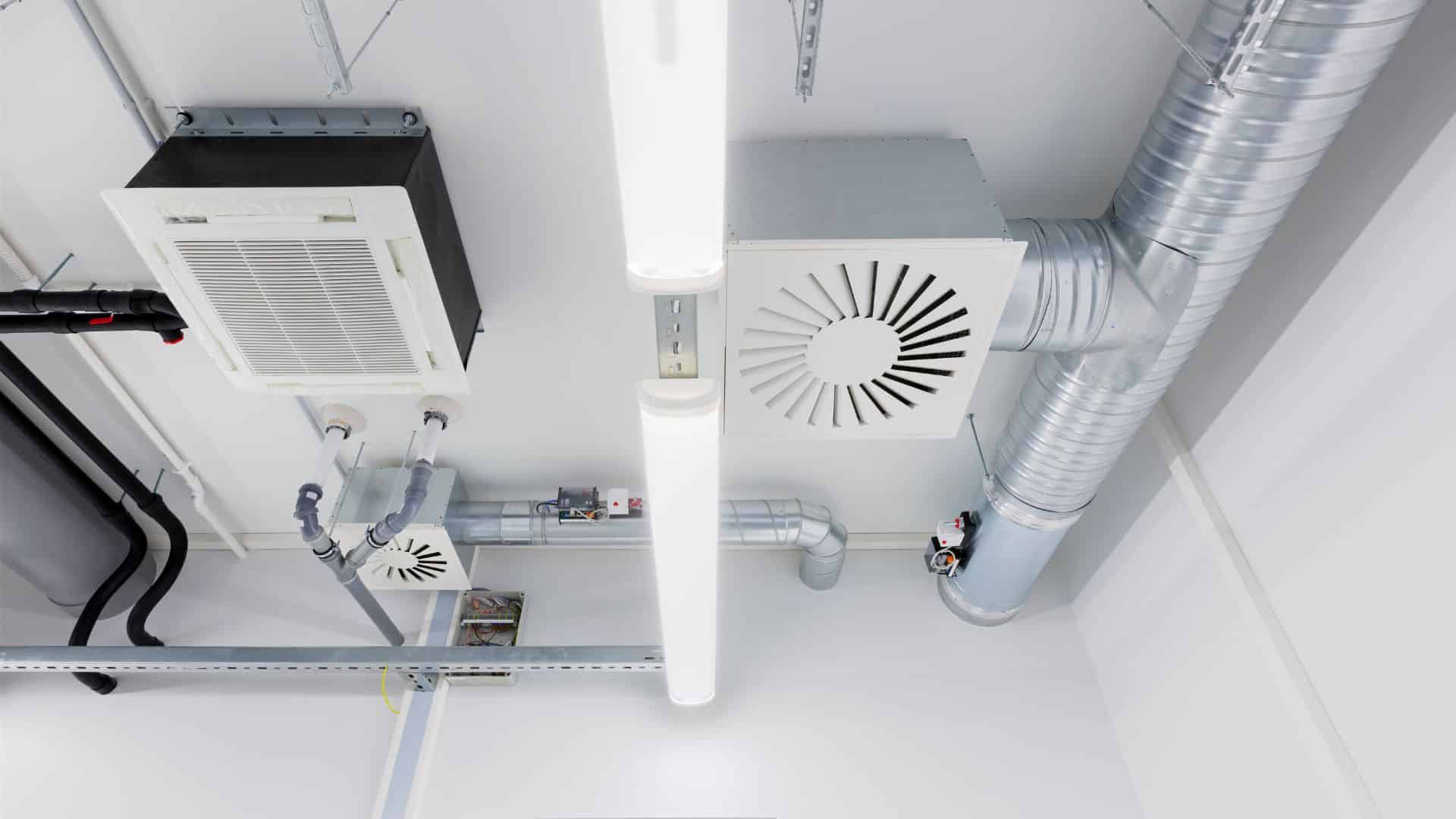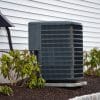If you are a new homeowner, the terms in construction can be quite confusing. There is an HVAC system in your home, but also a furnace and an air conditioner.
In this article, Orzech Heating & Cooling will help you understand the difference between HVAC and furnace, in terms of what they actually are and how they work together!

HVAC vs Furnace
A furnace is part of an HVAC system that is used to generate heat for your home. A furnace is a heating unit, while HVAC is the system that includes heating and cooling units, ducts, and vents to distribute the conditioned air in a building.
Now that you know the main difference between a furnace and HVAC, let’s dive a bit deeper!
What is HVAC?
HVAC stands for Heating, Ventilation, and Air Conditioning. It’s an umbrella term for any system that heats or cools indoor air. An HVAC system also regulates humidity and improves indoor air quality.
The air heating element usually refers to a furnace or boiler. It uses air ducts throughout your home to transport the hot air, helping your home stay warm in cold weather.
Fact: Your furnace and your air conditioning system are part of your home’s HVAC system. While the furnace is for heat, your AC is responsible for providing cool air for your home. It may require specific skills and tools to repair a furnace compared to AC.
What is a furnace?

A furnace is a heating system that generates heat. A furnace consists of a burner, a heat exchanger, and a blower fan. A furnace only provides heating functions for indoor use. The blower fan of a furnace is also responsible for forcing the air to flow in the ductwork of an HVAC system.
Fact: A central air conditioning system has to “borrow” the fan of the furnace to circulate air in the ductwork.
How does a furnace work?
A furnace works by burning fuel, such as natural gas or propane, to create heat. The heat then transfers to a heat exchanger, a metal chamber that separates the combustion gases from the indoor air. A blower fan blows air across the heat exchanger, warming it up before distributing it through the rooms in the home or business. The combustion gases exit through a flue pipe or a chimney.
Here are some main components of a standard furnace:
- Thermostat: An electronic device that measures and controls indoor temperature, regulating the furnace’s heating cycle according to its set point.
- Control board: A small circuit board that interprets various electrical signals from inside and outside the furnace. It sends signals in response, causing various things to happen, like opening the gas valve and turning on the burners and blower fan when the thermostat calls for heat.
- Burners: Small outlets where gas emits within the furnace and is ignited into even, controlled flames.
- Igniter: The device responsible for lighting the gas emitted from the burners. Furnace igniters work by creating a spark to cause ignition, or by producing an extremely hot surface that ignites the gas as it passes.
- Flame detector: A device that helps furnaces create heat safely. If the igniter fails to light the burners, a flame detector will sense that there’s no heat and will shut off the flow of gas.
- Gas valve: A valve that regulates gas pressure that enters the furnace from either a supply line of natural gas or a liquid propane gas tank.
- Plenum: A part of the furnace that both supplies and returns air to the building. A return-air plenum carries cooler air to the furnace from rooms in the building, while the supply-air plenum sends warmed air from the furnace back into the building.
- Filter: A pad used to absorb debris and dust from the air, located right next to the fan.
Conclusion
An HVAC system is a big system that’s responsible for indoor air including heating, cooling, and distributing. It consists of a heating element such as a furnace or a heat pump, a cooling unit which is the central AC, and ducts and vents.
It’s important to understand these terms so that you can make the right decision. If you are not familiar with construction, you should consult a professional HVAC expert to help install a furnace or get your questions answered.



